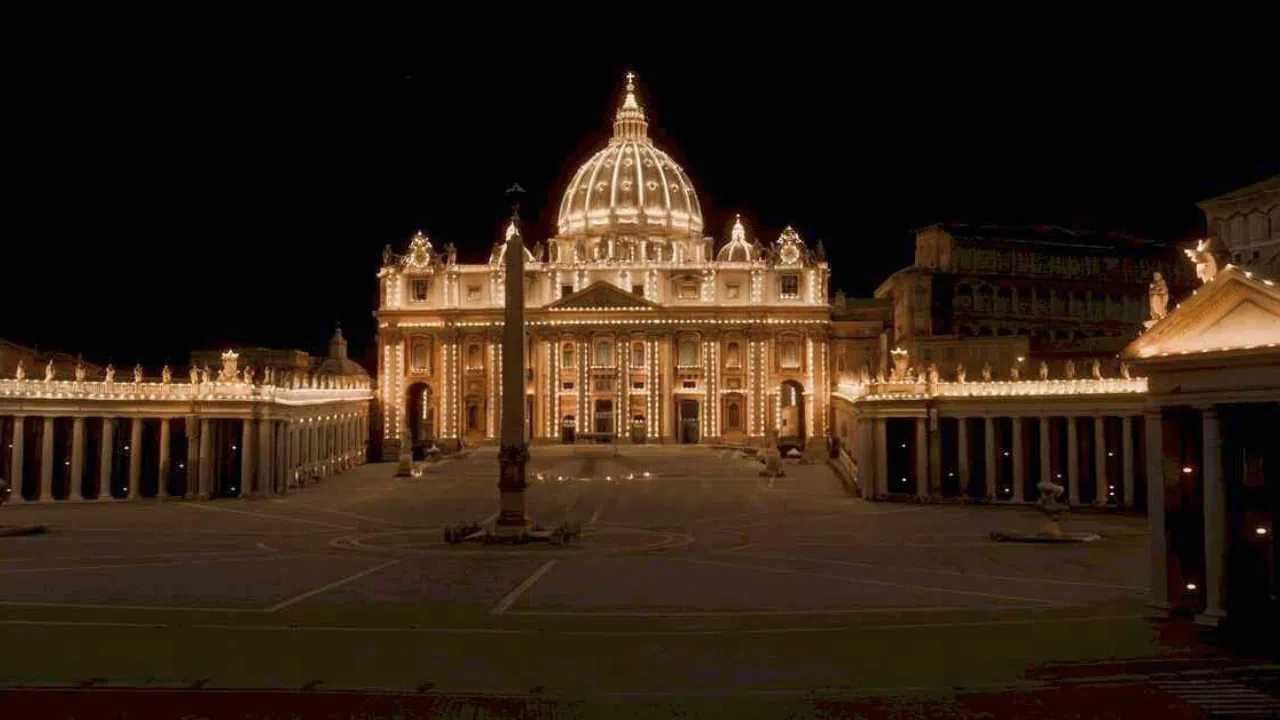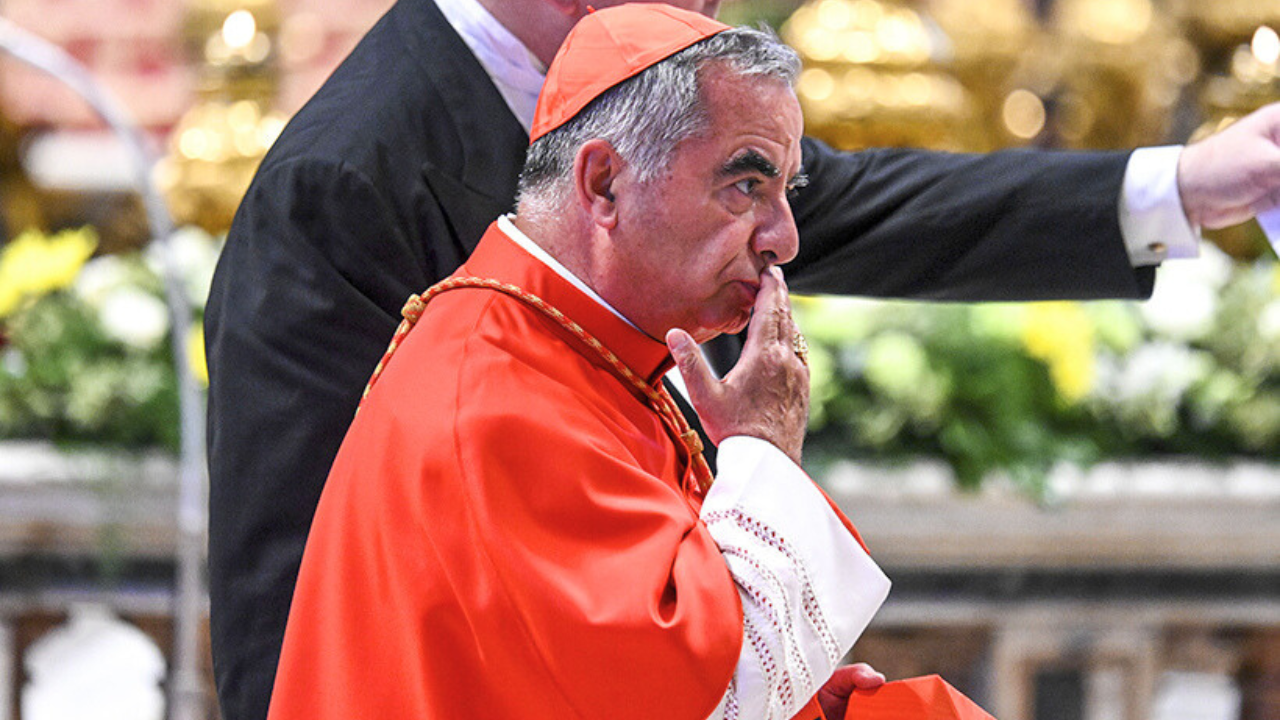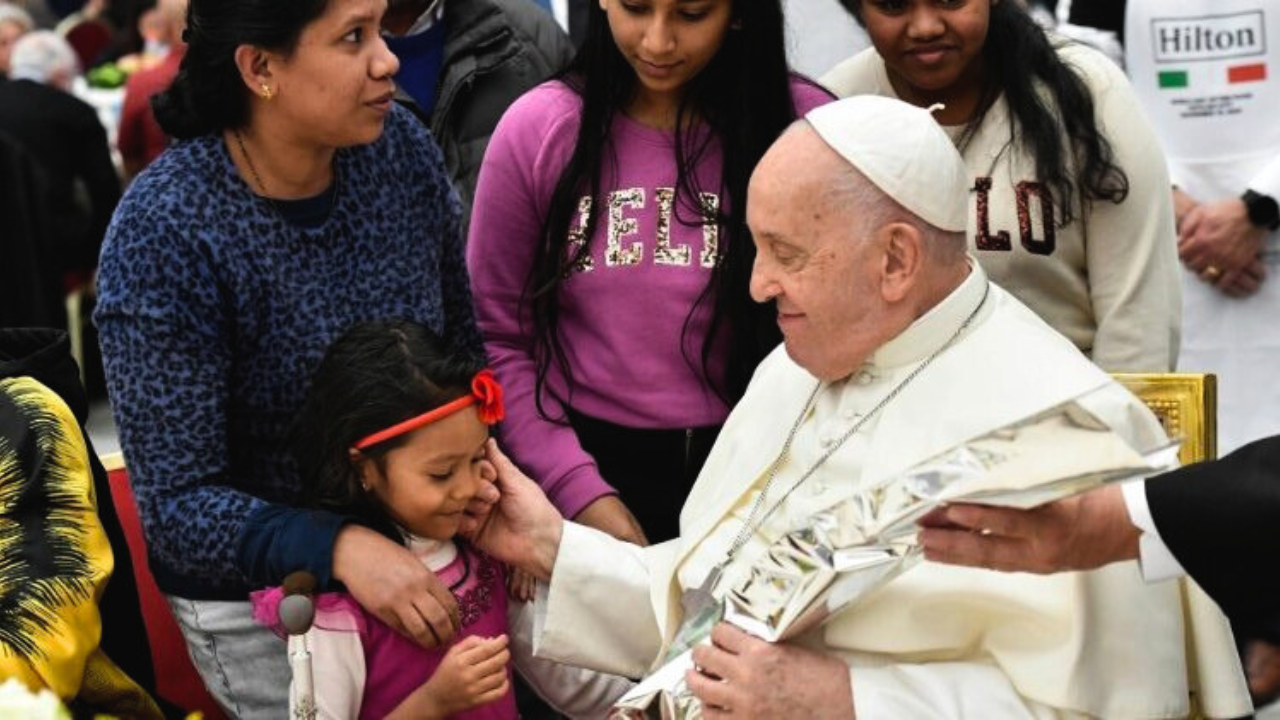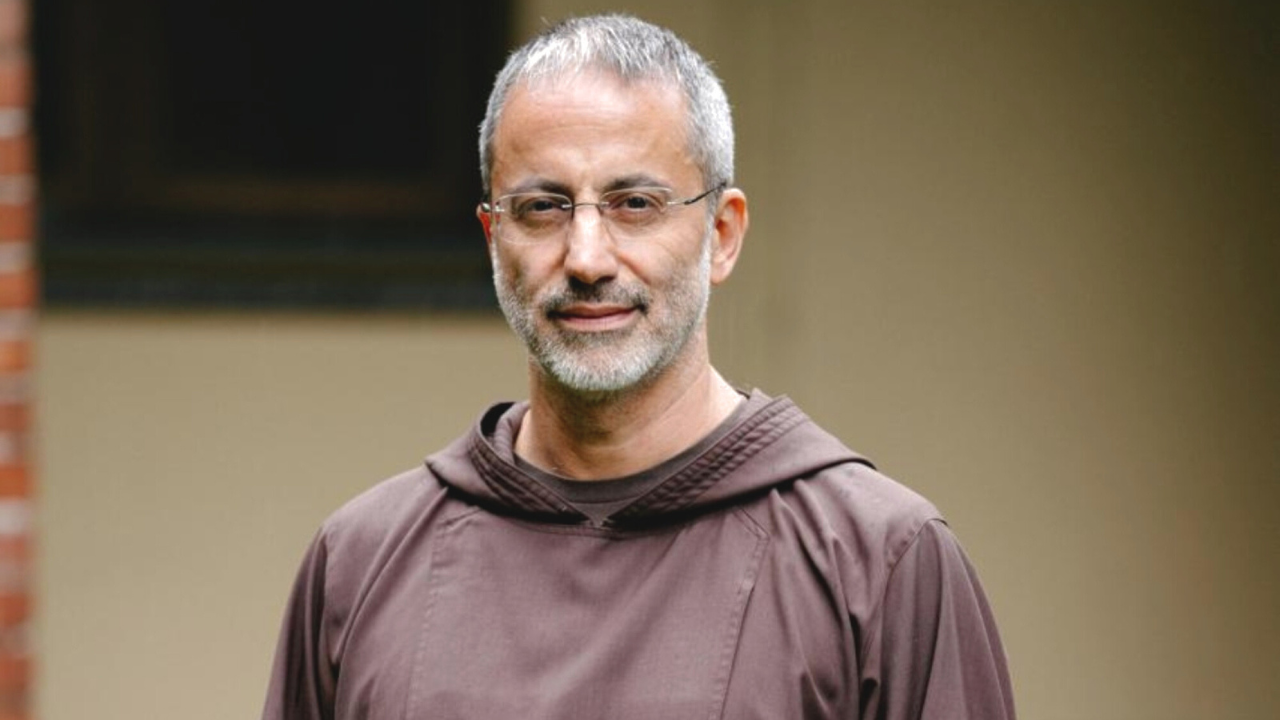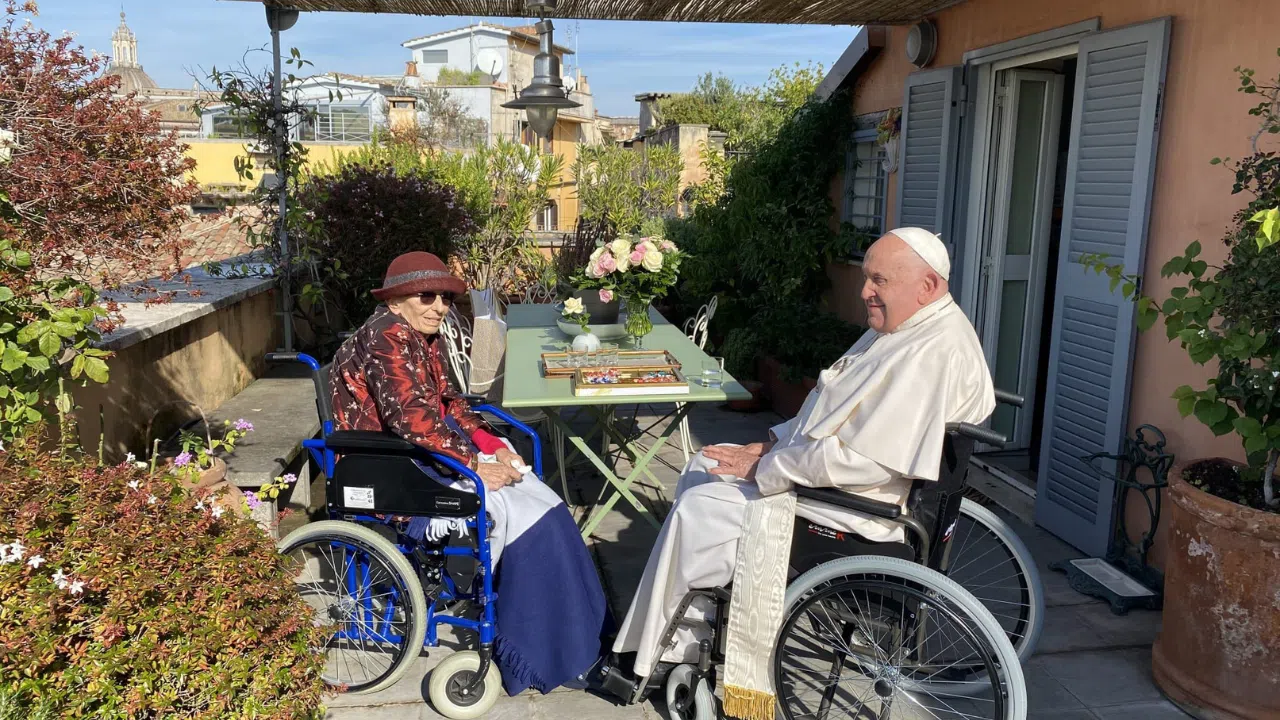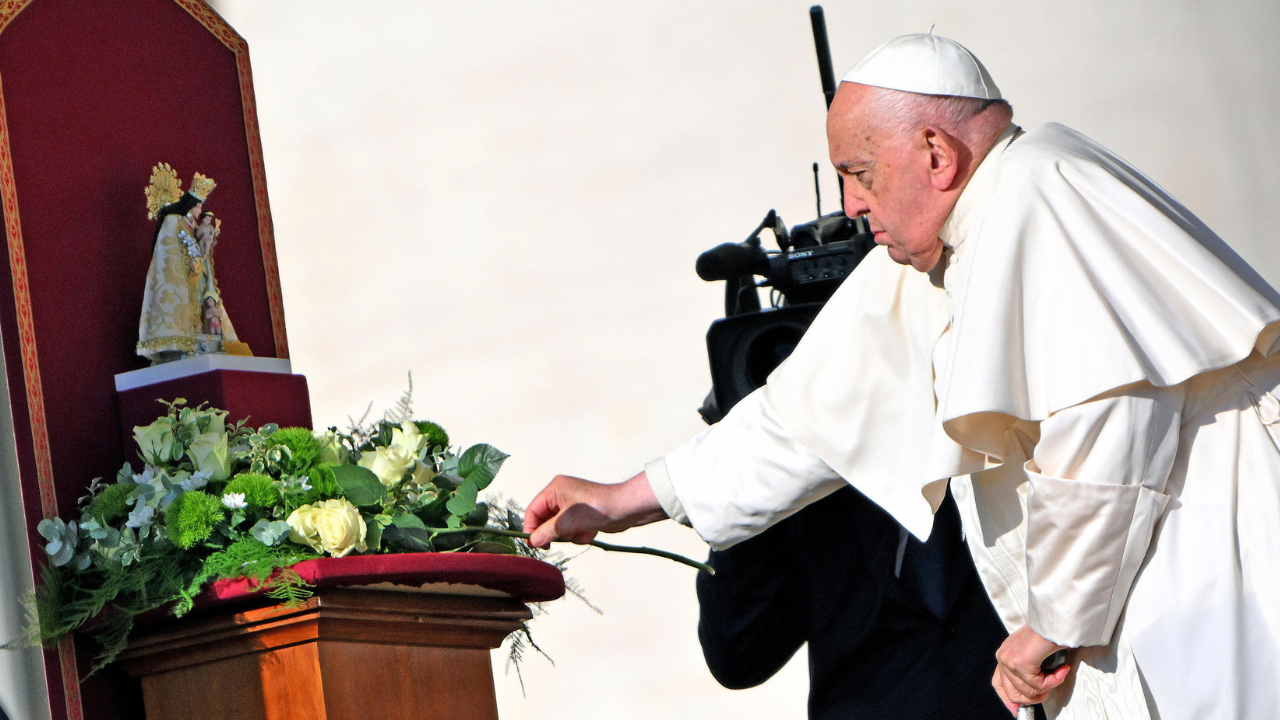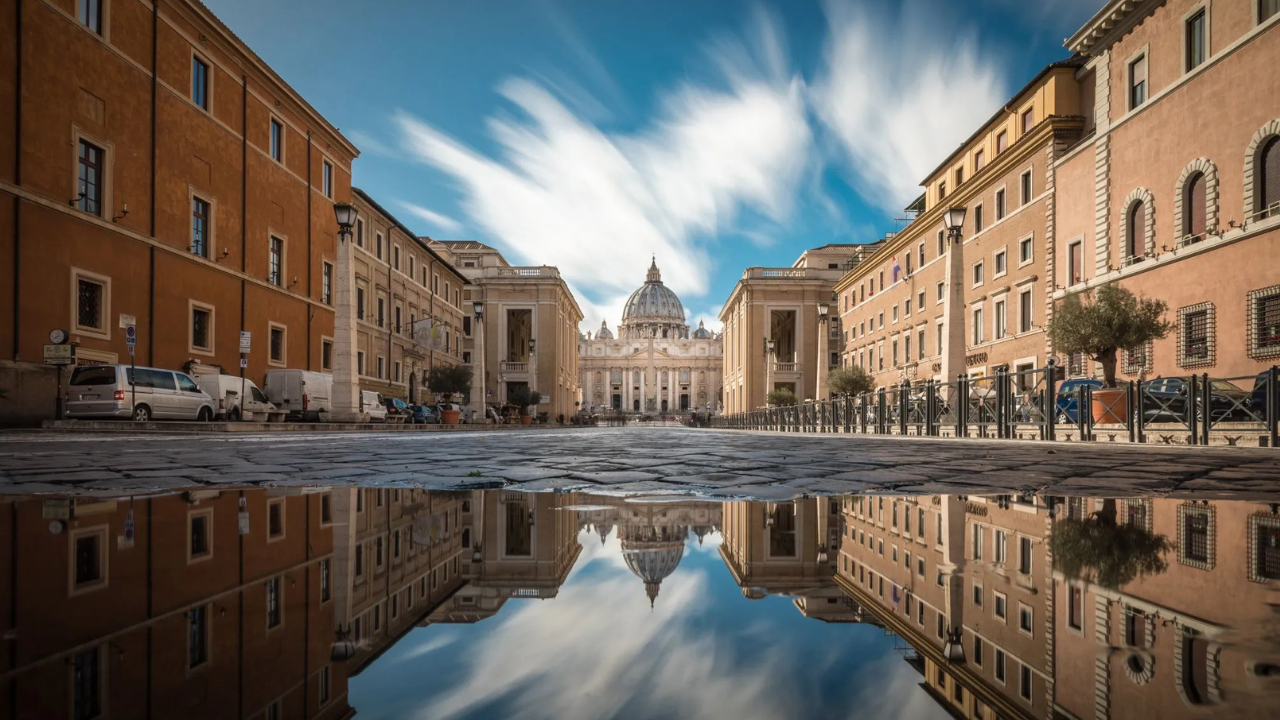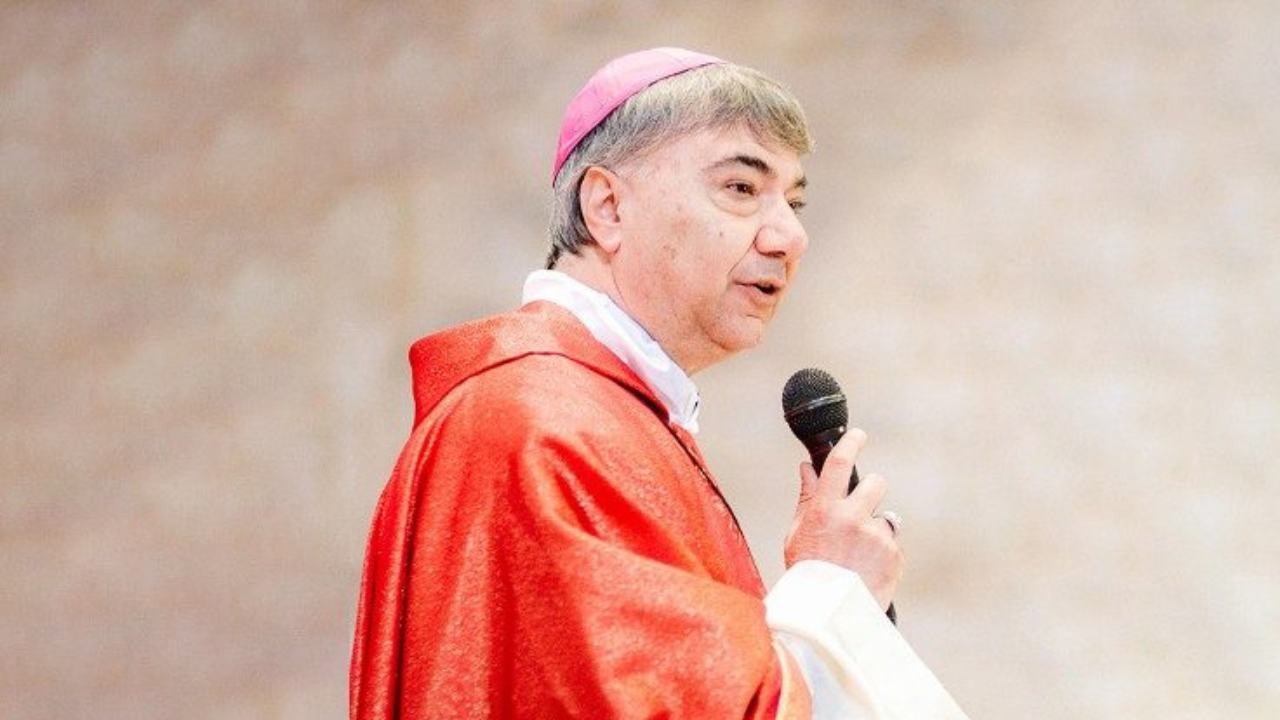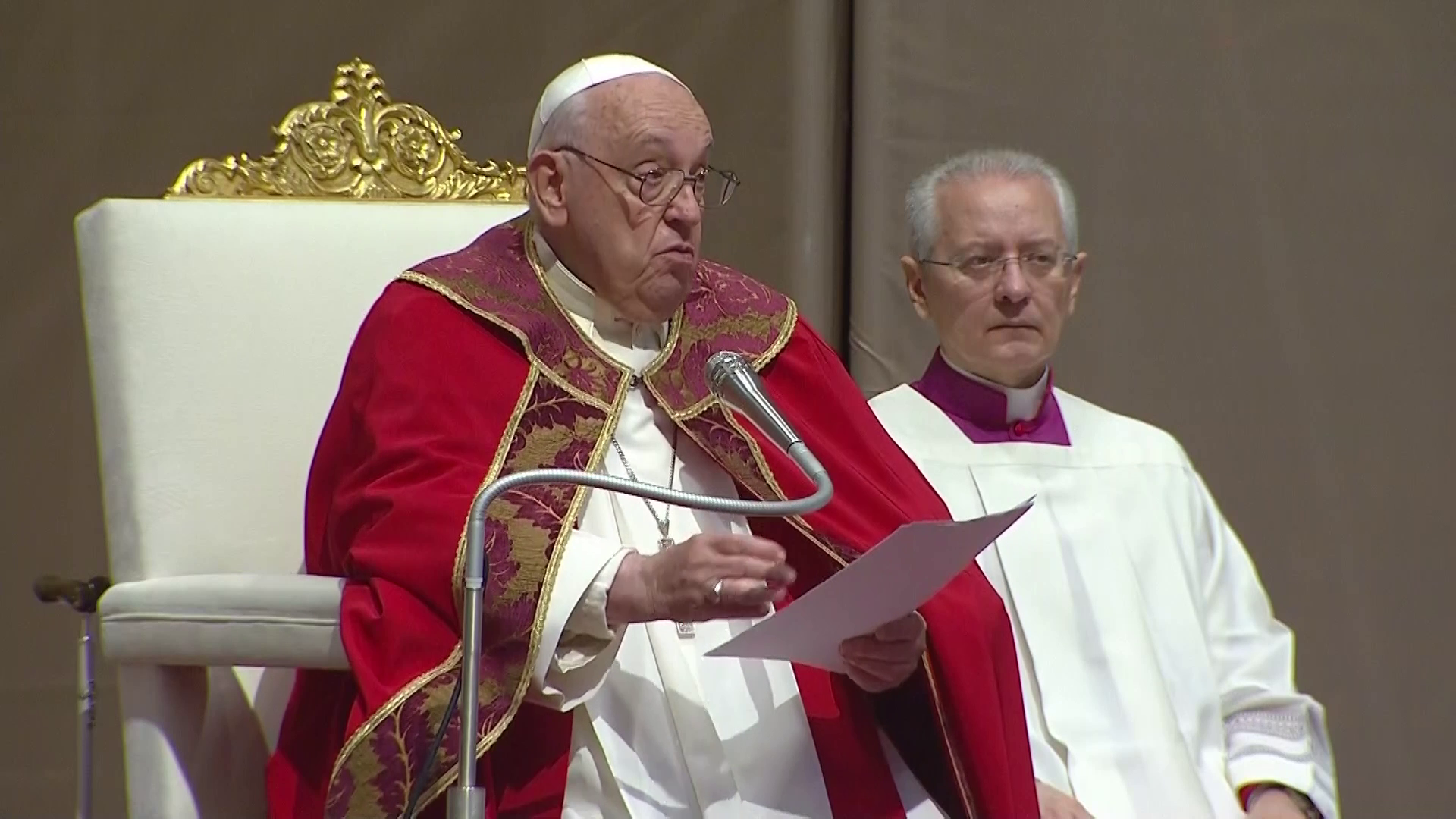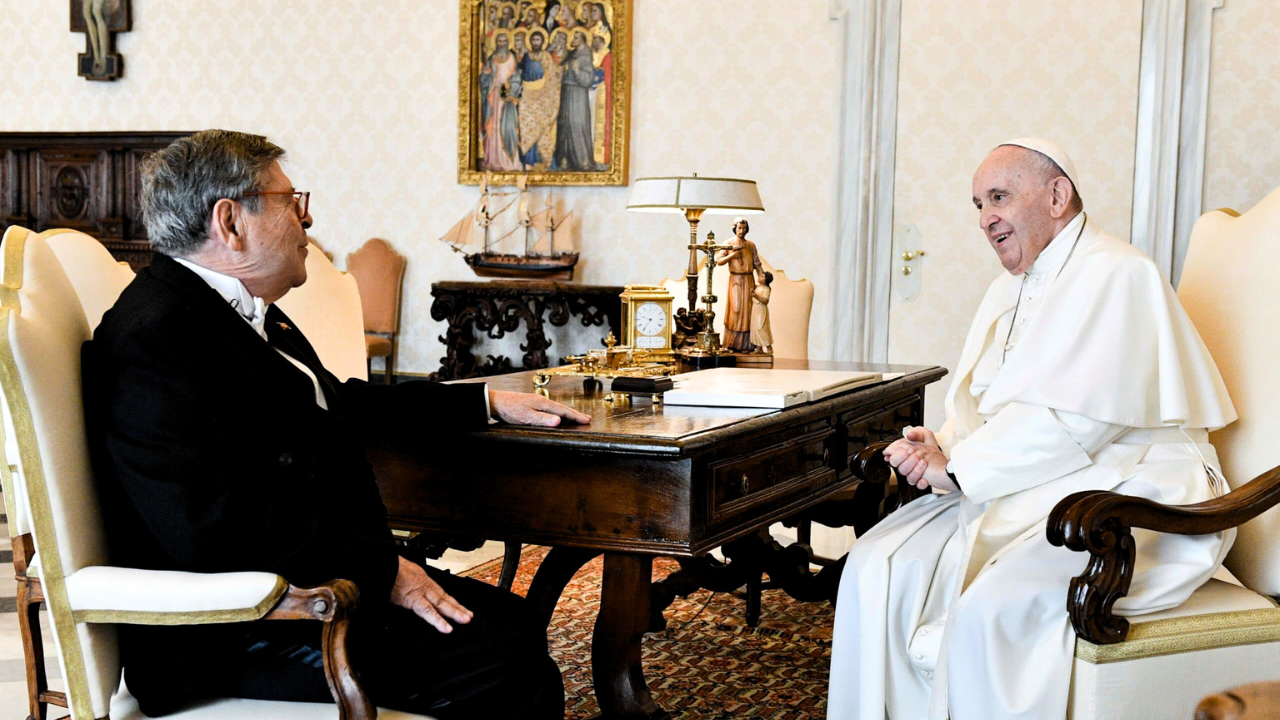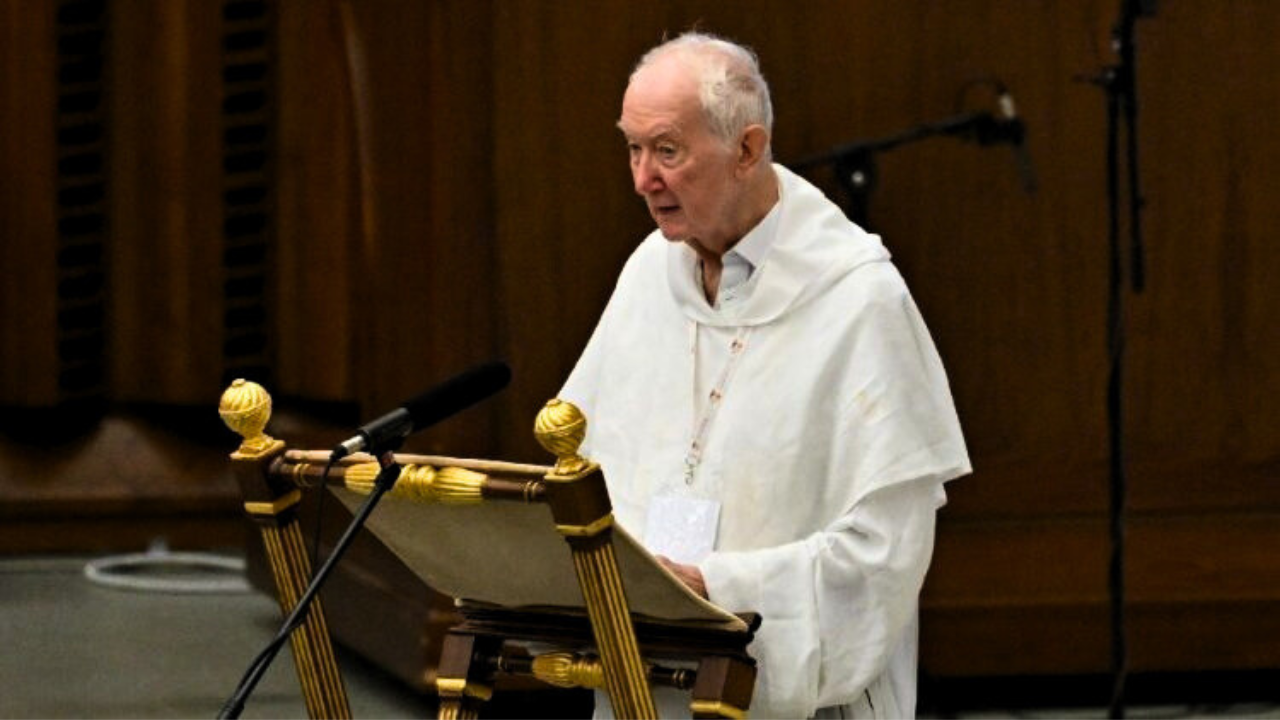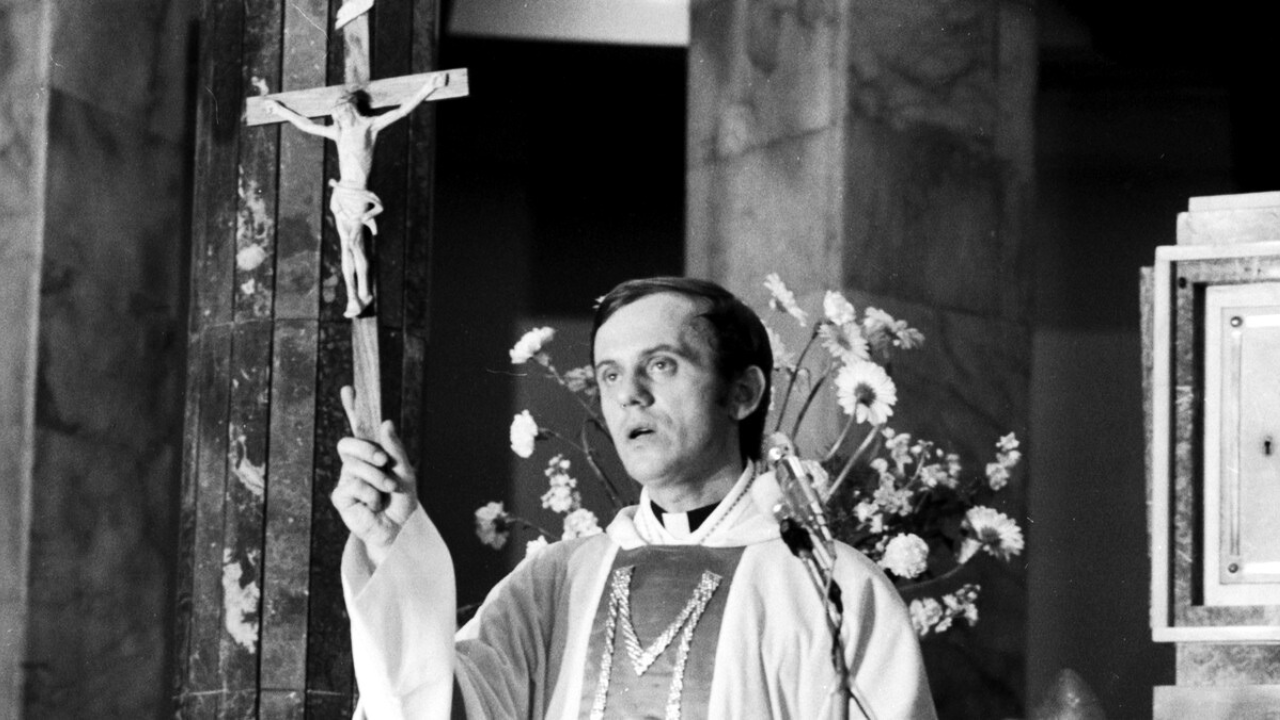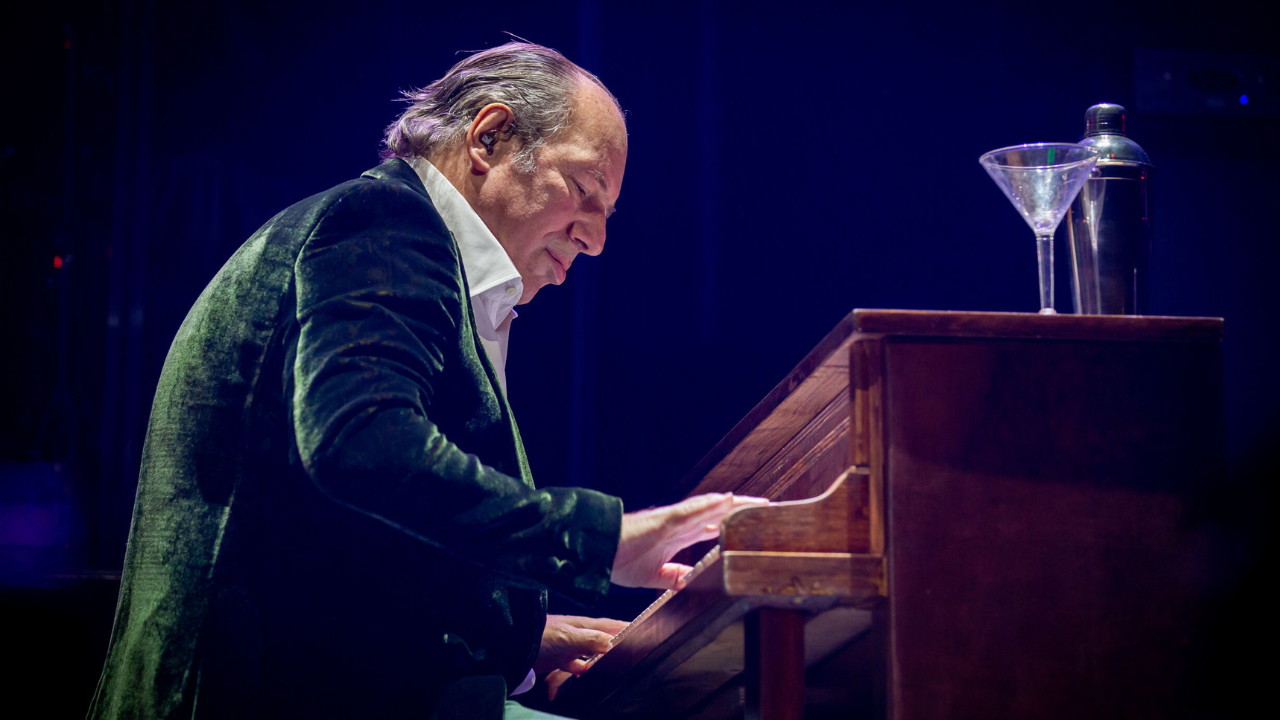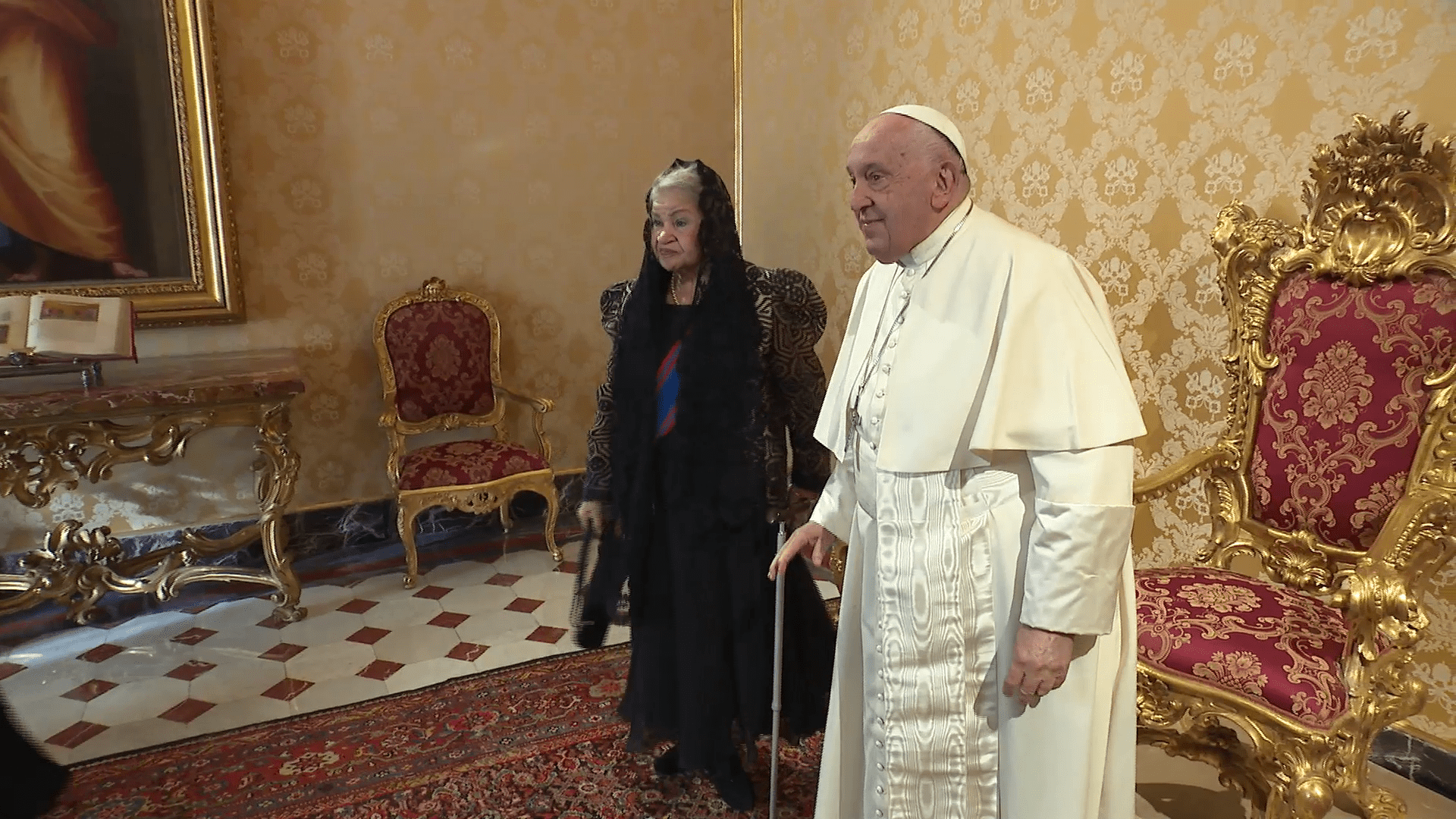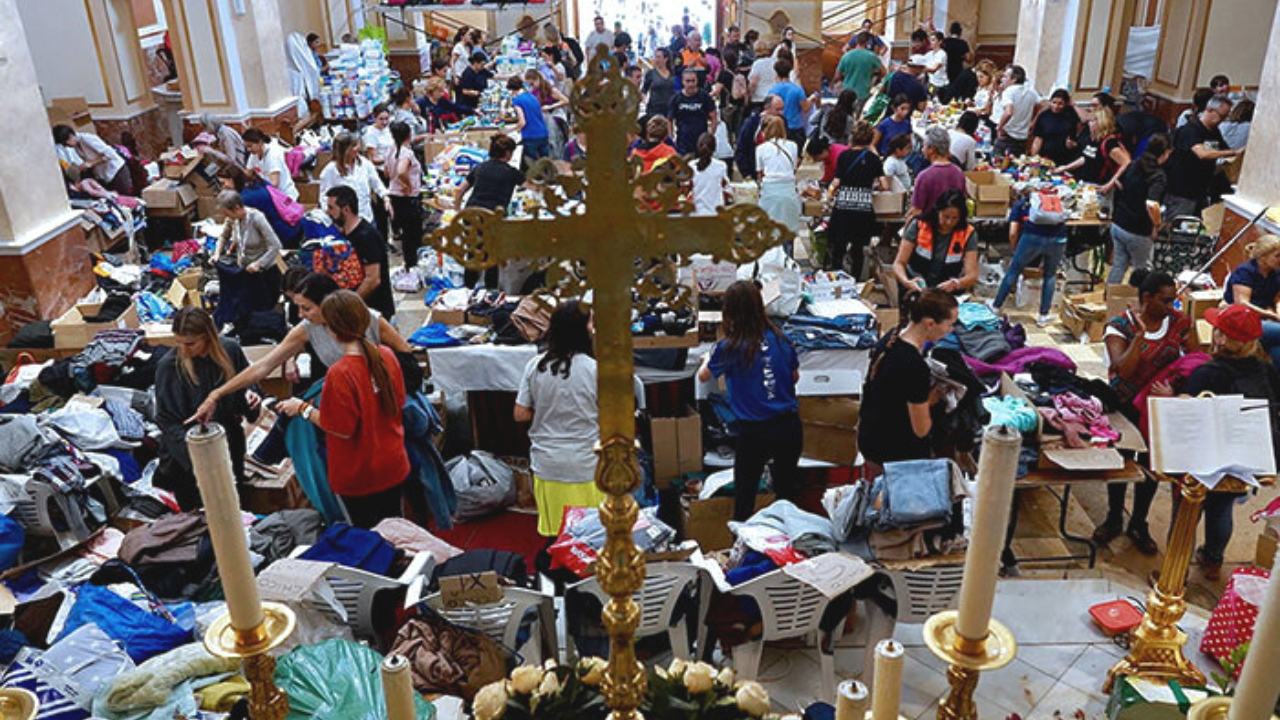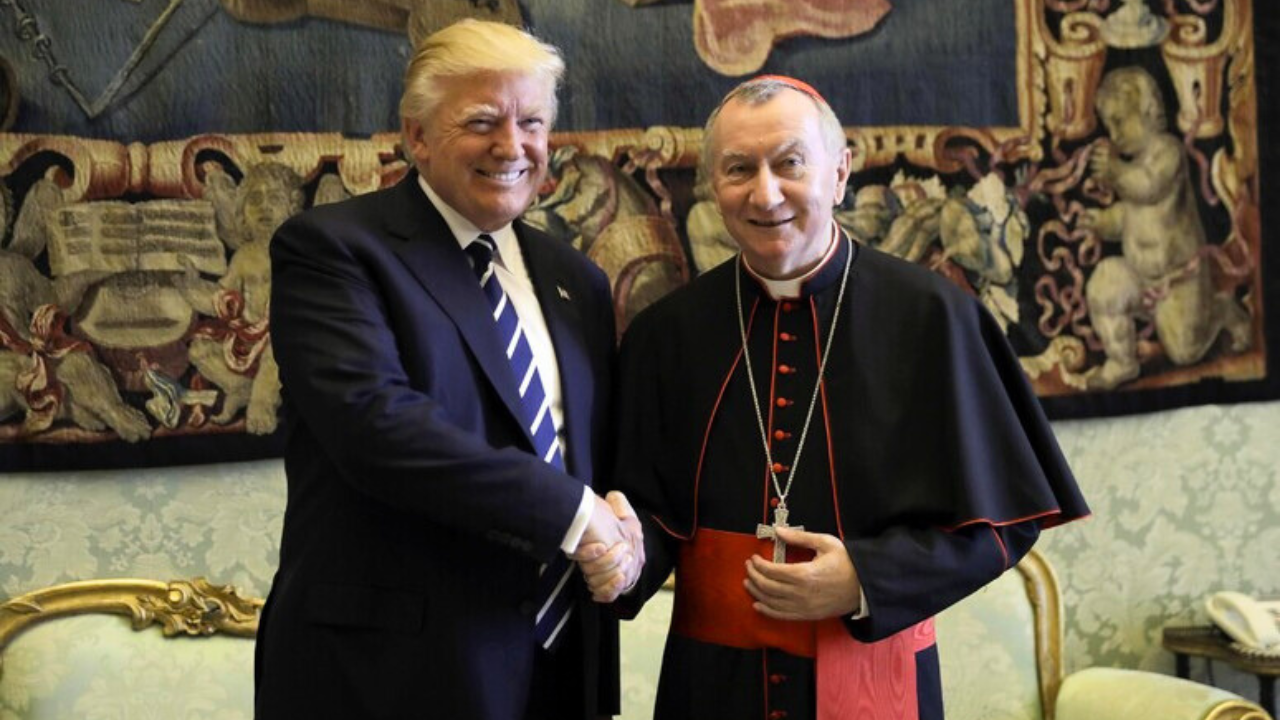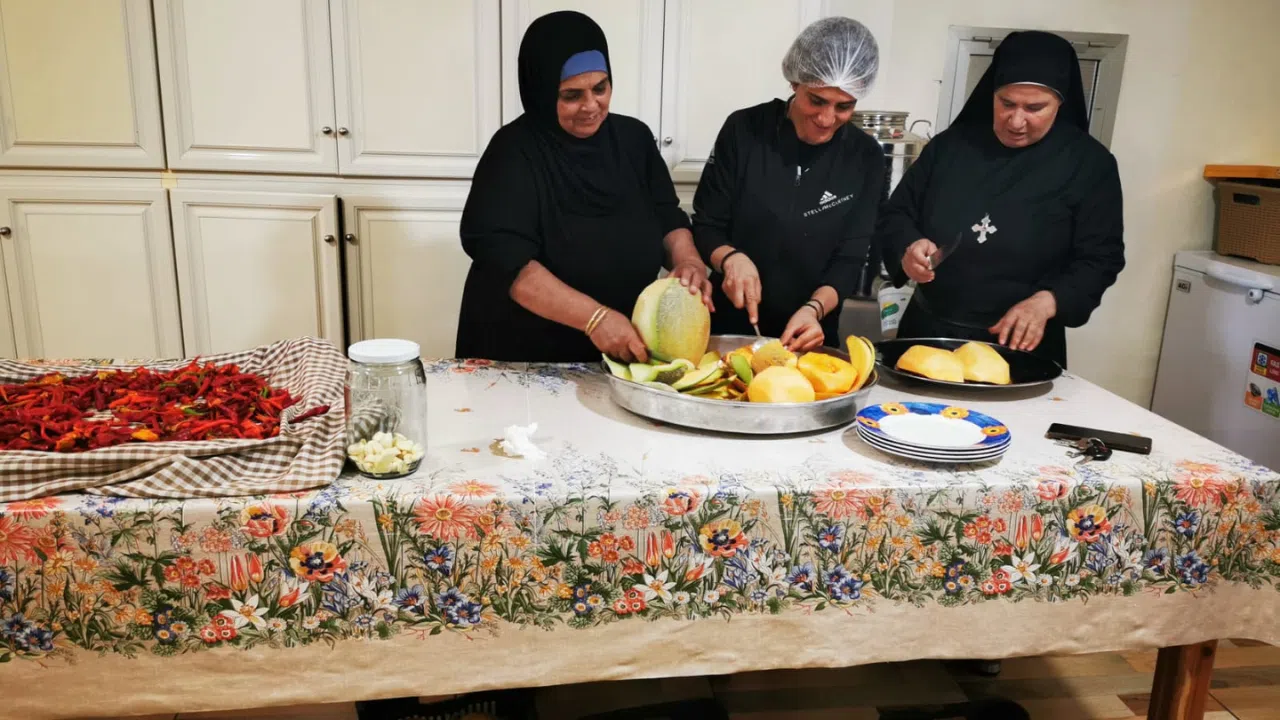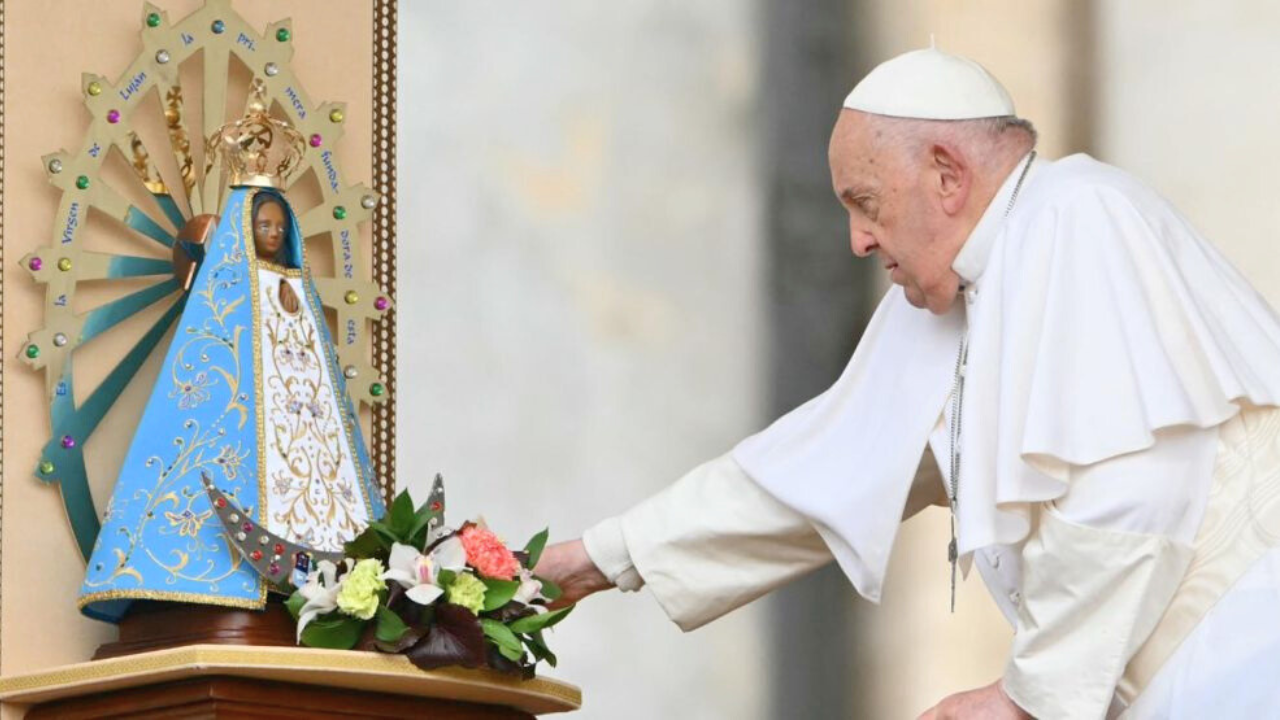This is the Vatican's great tribute in commemoration of the 500th anniversary of the death of the genius, Raphael.
For one week, these 12 spectacular tapestries will be on display in the exact place for which they were intended: the Sistine Chapel.
BARBARA JATTA
Vatican Museums Director
“At the beginning of the Renaissance, in 1515, Lorenzo de Medici's son, Leo X, who had become pope two years before, decided to ask Raphael, the papal court's painter, to finish decorating his residence. He also asked him to complete the marvelous catechetical message in the Sistine Chapel, which was his palace's main chapel.”
ALESSANDRA RODOLFO
Tapestry Collection, Vatican Museums
“The idea was to complete the Sistine Chapel's religious message on some of the walls on which fake drapes had been drawn in Sixtus IV's time. The completed message showed the transition from the Old Testament to the New Testament. Now they added the Acts of the Apostles, which corresponded to evangelization.”
Vatican Museum experts spent 13 hours working meticulously to hang these extremely delicate works exactly as Raphael would have done.
ALESSANDRA RODOLFO
Tapestry Collection, Vatican Museums
“It was very exciting. Many of us museum employees worked. It was a group effort. We couldn't believe it, because the tapestries fit perfectly. They completed the Sistine Chapel, as if they had always been there.”
BARBARA JATTA
Vatican Museums Director
“In those times, St. Peter's Basilica was still under construction. That's why papal ceremonies were celebrated here, in this magnificent place.”
In their own time, these pieces revolutionized the artistic scene. Raphael had dared to make tapestries that weren't merely decorative, but authentic narrative works.
That's why they were woven by the master Pieter van Aelst. He used silk and wool thread, adding gold and silver fibers to make them shine.
It's a spectacular work of art that, for a week, will transform the Sistine Chapel into Raphael's Chapel.
JMB/CT
